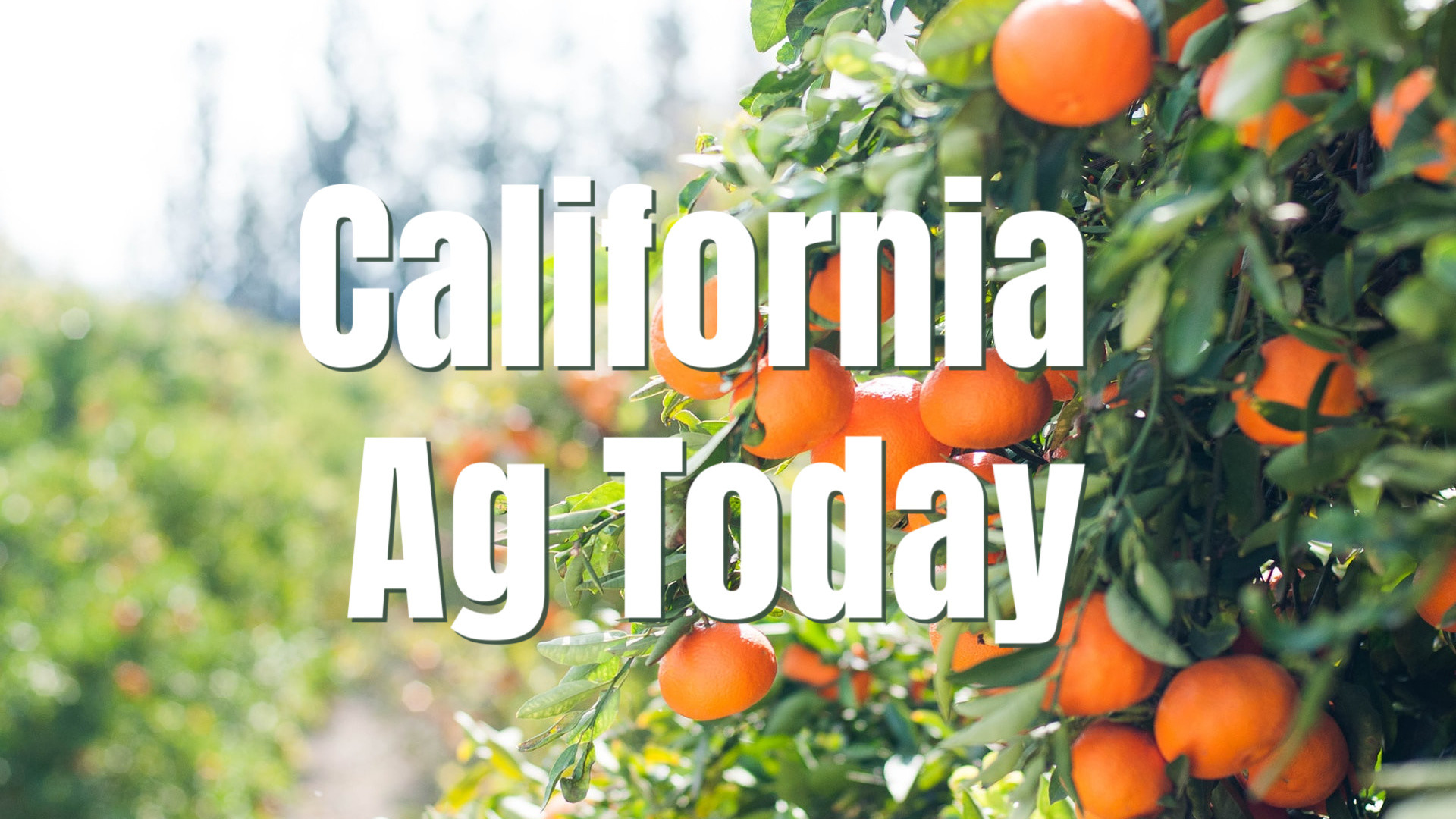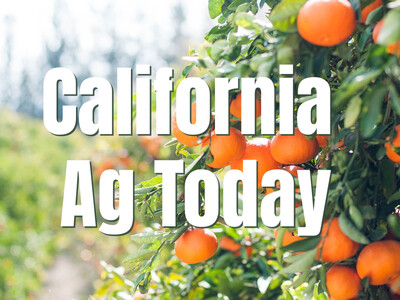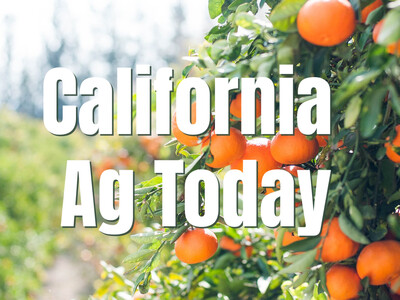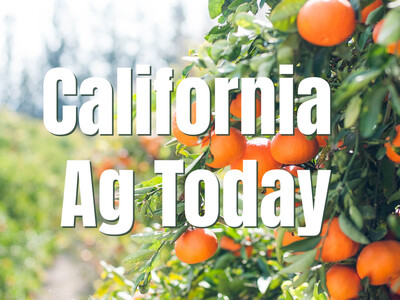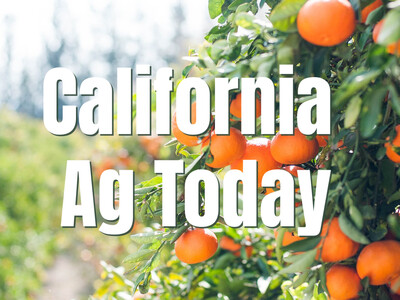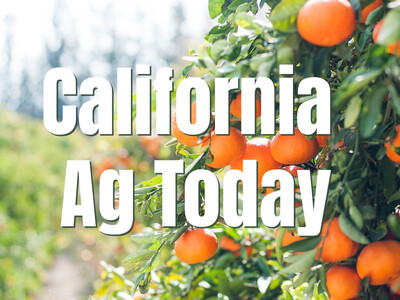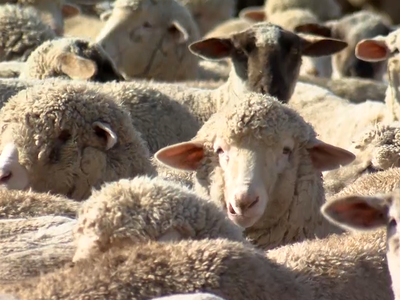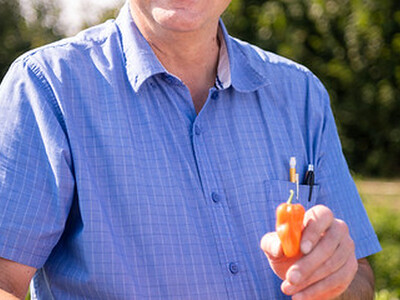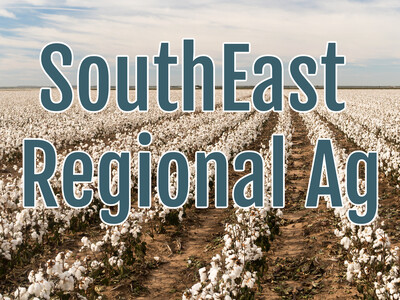Gene Editing for Animal Welfare

Tim Hammerich
News Reporter
The idea of using gene editing in livestock may appear controversial to some on the surface, but once you dig into some examples of what it can do, the case becomes quite compelling. UC Cooperative Extension specialist Dr. Allison Van Eenennaam cites the example of producing cattle without horns which can contribute to animal welfare and efficiency.
Van Eenannaam… “Horns are quite dangerous, both to human handlers and also their herd mates. And so they're routinely removed, basically as a safety measure for the animals and their handlers. And, genome editing offers an opportunity to use genetics to do the same thing, genetically.”
Van Eenannaam says conventional breeding has produced cattle without horns, but…
Van Eenannaam… “The reason most farmers don't use bulls with the dominant, not growing horns or allele is because they tend to be low genetic merit balls. And so you lose quite a bit of value in their daughters in terms of milk production to get the trait of not growing horns. And so genome editing offers the opportunity to introduce the trait into very elite genetics so that you don't have to have the trade-off of losing, you know, the milk production value.”
Van Eenannaam and others are invited to attend a webinar about gene editing for animal welfare this Saturday, April 17th. The first 200 registrants who complete an online survey before and after attending will receive a $5 Starbucks gift card.
Registration can be found on this report’s web page on AgInfo.net.
REGISTRATION: https://ucanr.edu/survey/survey.cfm?surveynumber=32839


